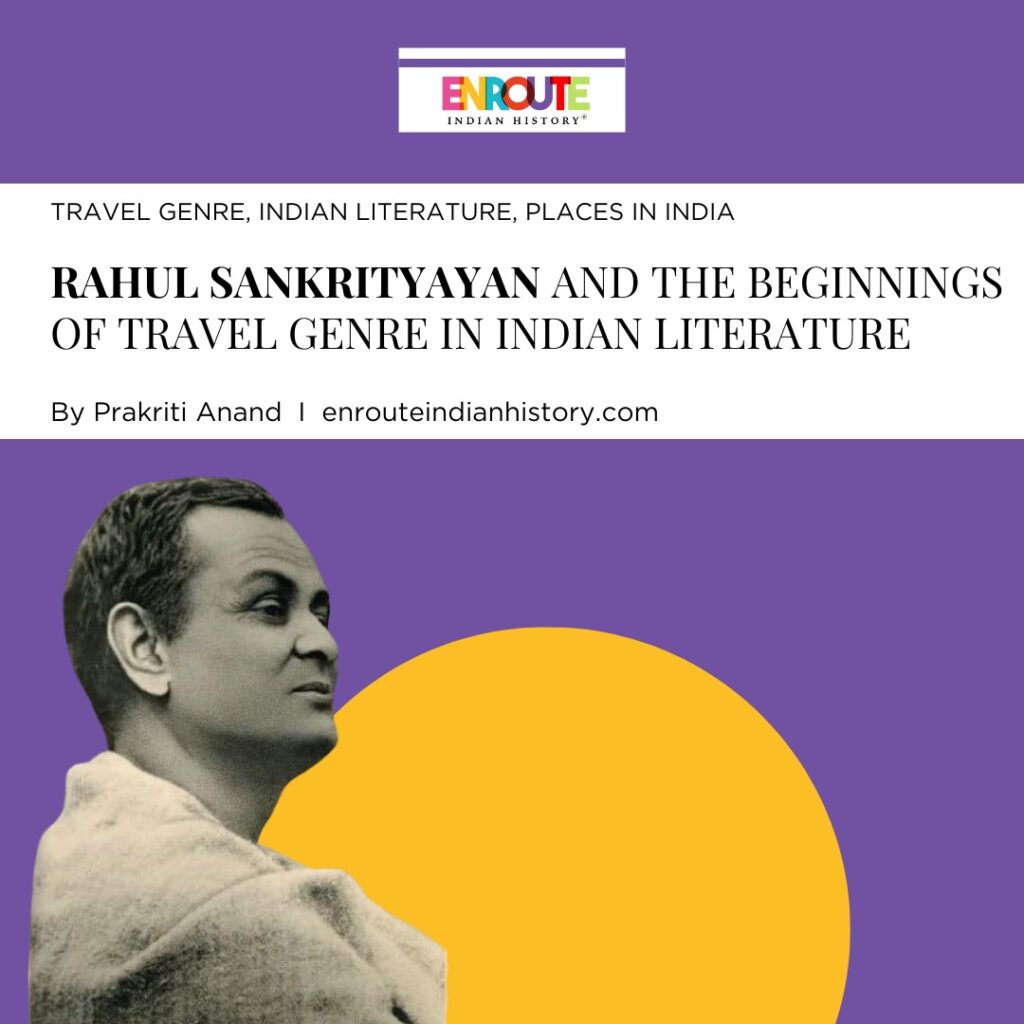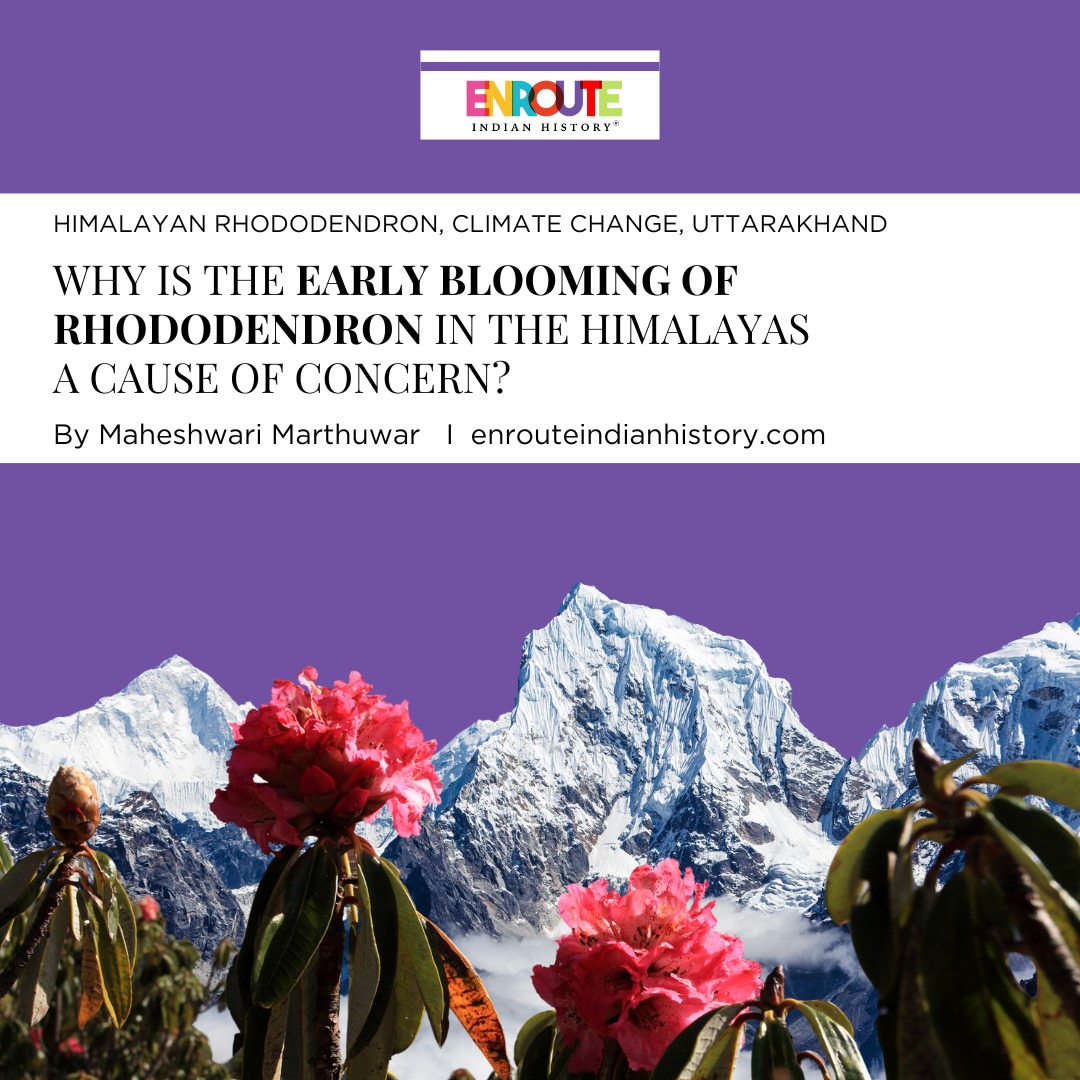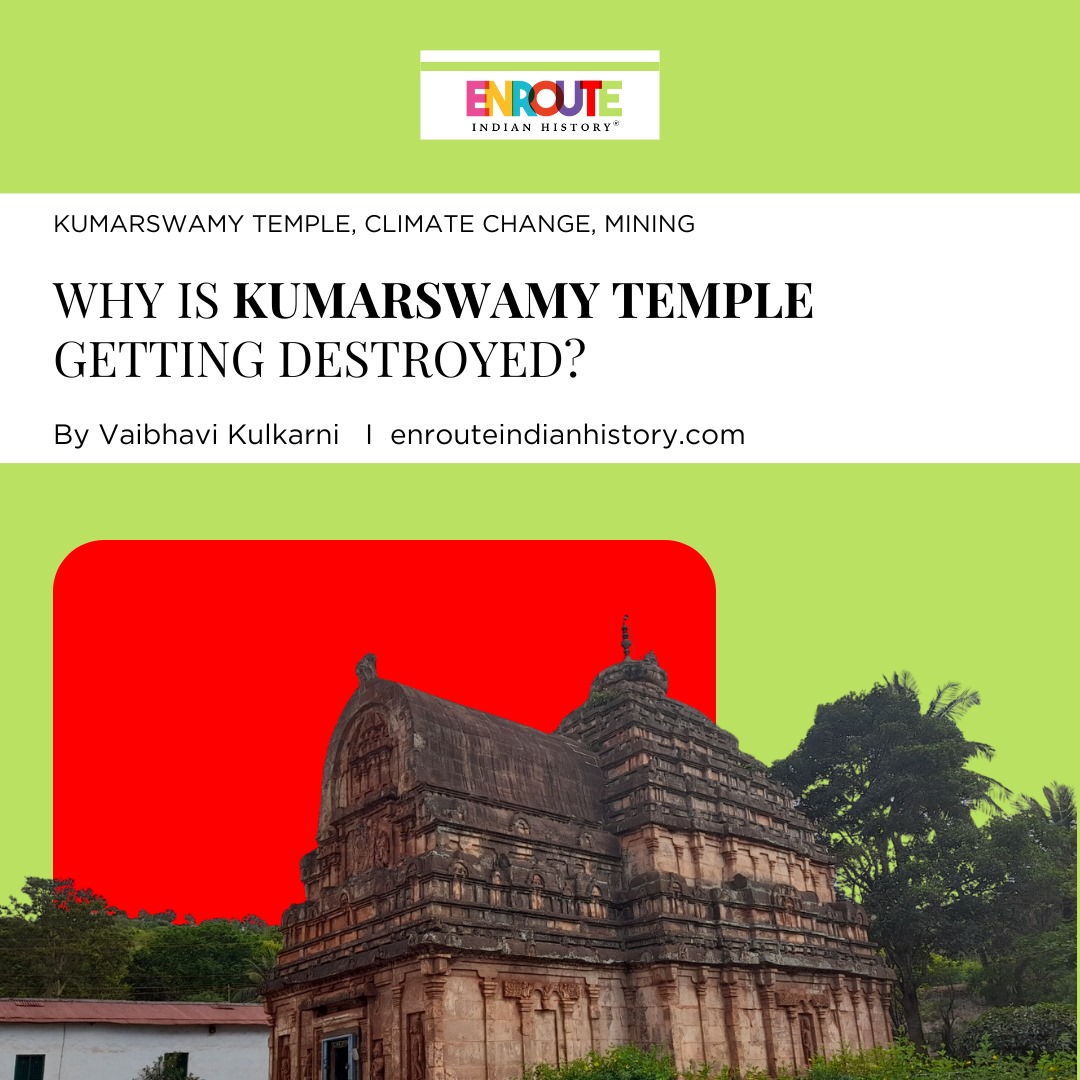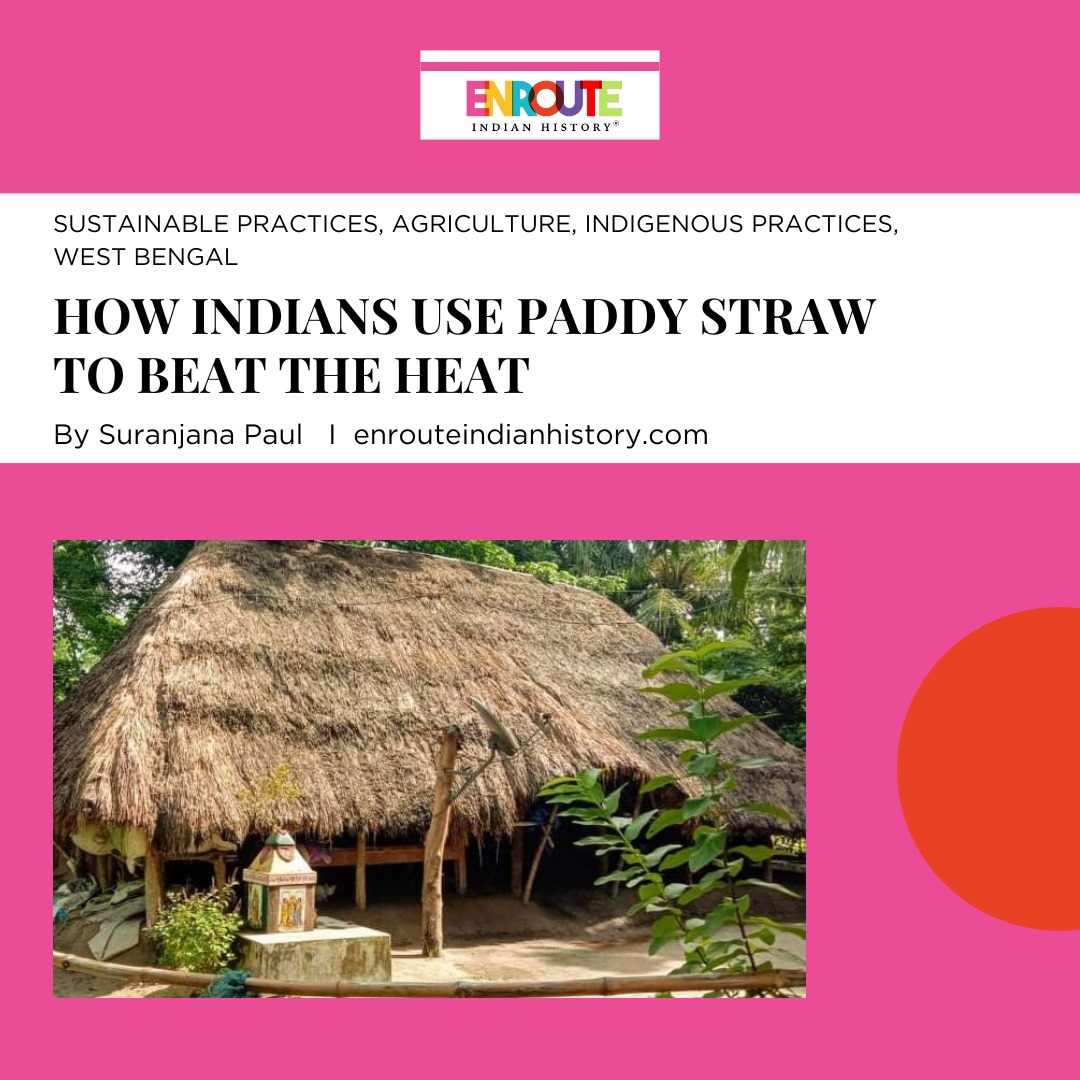Rahul Sankrityayan and the Beginnings of Travel Genre in Indian Literature
- enrouteI
- April 3, 2024

For the modern age insta-blogger/traveller, it is almost impossible to imagine that there lived a man who shared their wanderlust before the age of the internet hit our civilization. Born in 1893, Rahul Sankrityayan, or Kedar Pandey however realized his love for travel at an early age. Coming from a middle-class north Indian family where education and a good career were the primary concerns and from a time when child marriage was the norm, Sankrityayan paved the way for travelers and travel writers in India, sowing the seeds of Hindi travelogues or “Yaatra-Vritanta” genre in Indian literature. Learning new cultures and tongues, urging the youth and their families to come out of the four walls of their houses and see the world in all its glory, he in many ways is the forefather of the contemporary voyagers who gallop from one continent to the other like the whole world is one big village.
Early Life and the Makings of a Traveller

Rahul Sankrityayan (Source: Medium)
Born Kedar Pandey, this travel writer like any other boy of an upper caste, middle-class, “good” family was supposed to attain a decent education, marry a girl, and start a family. But destiny had something else planned for him. “Poot ke paanv paalne me hi dikh jaate hain” (the future of a person becomes clear in his childhood) is a famous saying in India and it could not have been more true in the case of Sankrityayan. Sent with his uncle to Banaras, he had his first train journey at 9. Upon reaching the city, the young boy had the desire to explore the place alone, and under the pretext of buying some books, he made his first detour. The first steps towards being a lifelong Yaatri (traveler) were taken (Mule 1993, 9).
During middle school, Sankrityayan sold his food ration to get a ticket to Banaras, and at age 15, when his sister and he broke a container of ghee (clarified butter) in the home of his maternal grandfather, he took the 22 rupees earned after selling their pair of oxen and ran to Mughal Sarai, a city in Uttar Pradesh. As it would become clear to him and the people around him soon, running away from family and society was an essential condition for the making of a true traveler, untethered from the expectations and rules of the world.
The revolutionary ideals of Sankrityayan were also nurtured by his political surroundings, made up of the fiery speeches of nationalists and the journeys of Congress politicians and Mahatma Gandhi, who urged the intellectuals and youths to come out of their homes and participate in the journey of nation building. In 1921, when Sankrityayan, already a wandering philosopher reached the Chapra Congress Committee (Bihar), he was hailed by many as a “Sadhu” (ascetic) due to his marvelous and mysterious ideas. After a flood hit the region, Sankrityayan served the people as much as he could, gaining a good enough followership, leading to his arrest and imprisonment in the Hazaribagh Jail, where the writer penned several manuscripts which were later published and loved by readers.
Travelling and Buddhism: Kedar Pandey Becomes Rahul

The Bust of Rahul Sankrityayan in Darjeeling (Source: Wikimedia Commons)
During his initial travels, one thing that became evident to the young Kedar Pandey was the inherent contradictions, differentiations, and oppressions of Hinduism. At the same time, the ideas of the Buddha regarding traveling and experiencing the world were attracting his mind already set on not being tied down to one place for too long. “Charath bhikhave charikam”- the Buddha’s message for the Bhikhu (monk) to keep on moving stirred the mind of Kedar, pulling him closer to the heterodox sect (Sankrityayan 1949, 13). The concept of Mahabhinishkraman or Buddha’s departure from his royal palace and worldly pleasures towards a life of renunciation had a lasting impact on Kedar Pandey who in 1923 decided to visit Nepal, one of the regions associated with the life and glory of the Enlightened One.
In 1926, Pandey began his Himayala Yatra, starting from Delhi, reaching Lahore, and crossing a varied geography to reach his destination. He was also able to obtain a permit for Ladakh, known for its uneven terrain and difficult paths. Braving the weather, the travel writer successfully made the arduous journey to Khardung La, one of the highest points and a haven for modern bikers. His experience of his travels to Ladakh was collected in the published and unpublished versions titled “Meri Ladakh Yatra” (My Journey to Ladakh).
The turning point in the life journey of Kedar Pandey came in 1927 when he got a chance to visit Sri Lanka, a treasure trove for the young traveler who was keen on learning Pali and understanding the Tripitaka (Three Baskets, the three seminal texts of Buddhism that contain the primary teachings of the Buddha. In the Vidyalankar Vihar of Sri Lanka, he stayed for 18 months, teaching Sanskrit and sharpening his understanding of Buddhist literature and culture. With food and shelter provided to him in the monastic complex, Kedar Pandey metamorphosized into Rahul (the name of Buddha’s son) and became “Tripitakacharya ”- he who knows the three Pitaka texts. Throughout his life, Sankrityayan had a deep connection with the philosophies of Buddhism and lived following the words of the Buddha- “Maine nauka ki tarah paar utarne ke liye vicharon ko sweekar kiya, na ki sar par uthaye firne ke liye” (I accept ideas like a traveler chooses a boat, to cross the river of existence. Ideas are not something to carry on your head for the rest of the life. They are mere mediums) (Mule 1993, 2).
Sankrityayan’s time in Sri Lanka gave him the opportunity to learn several languages such as French, Tibetan, Pali, and German, and also gave his thoughts a rich ground to germinate. According to the writer himself, 1927 was the beginning of his career in literature, when he started to write for “Saraswati”, “Milap” and “Vishwamitra”. Nurtured by the Buddha’s call to his followers to see the world with their own eyes and the evolutionism of Darwin, Sankrityayan returned to India to visit Pune, Karle, Ajanta, Ellora, Sanchi, Sankisa, Kaushambi, and Shravasti- important Buddhist sites to delve deeper into the ocean of Buddhist philosophy and traveling. Keeping the gem of Buddhist thought in his mind, Sankrityayan forever remained the Bhikhu– content with the material world but in search of the greater wisdom, that led him to the corners of the world and the depths of his mind.
Ghumakkar Shastra: Sankrityayan’s Tips for Fellow Travellers

Stamp of India dedicated to Rahul Sankrityayan (Source: Wikimedia Commons)
“Sair Kar Duniya ki Gafil, Zindagani Phir Kahan/ Zindagi Gar Kuch Rahi to, Naujawani Phir Kahan” (Travel O careless one, for life, is short. Even for those who have a long life, youth is always shorter). This is sher (couplet) that was read once and absorbed for life by Sankrityayan. For him, the history of world civilization was written by travelers. People who traveled from their localities formed new settlements, began agriculture, crafted the first ships, invented the wheel, and put the story of humankind in motion. Traveling thus is not just a hobby but a way to allow life and the world to wrap one in awe and admiration. It is one of the few ways a person- both man and woman can free themselves from the fetters of society and achieve their prime potential. To guide their fellow travelers and those who were to follow him, Sankrityayan wrote: “Ghumakkar Shastra” (The Manual for Travelers), in which he jotted down all the necessary tips and tricks for making the ideal traveler.
Sankrityayan believed that a traveler travels not to run away from the world but to find ways to be most useful to the people around them. To become a vital part of the world around, a traveler should be mentally and intellectually equipped- having a good education and physical and mental fitness are thus prerequisites for an aspiring traveler. They should also have certain skills such as hairdressing, makeup, singing, and dancing, so that they can earn a living for themselves on the go. Photography, reading, and learning new languages according to Sankrityayan are essentials for recording one’s travel experience perfectly and passing it on as a route map to the successors.
Tied down by the bond of child marriage (which he never accepted), Sankrityayan underlined the drawbacks of marital relationships. For a traveler, a wife (or a husband) who does not share their love for journeys, is bound to become a hindrance that a true voyager can not afford. He however opines that if one is lucky enough to find a spouse who is equally keen on seeing the world and does not hold the idea of a family close to their heart, such a marriage could be fruitful and nurturing for the spirit of a traveler.
In the section of his travel manual titled “Stree Ghumakkar” (Female Travelers), Sankrityayan outlines a guide for female travelers, their struggles, and the possible challenges a free-spirited woman can face as she begins her journey. He understands that his plans for women travelers might seem “abhorring” to those who want to keep them behind the veil, but he urges the women to keep the fire within them burning and to be inspired by the few, unnamed (and rarely named) women travelers who dared to cross the threshold of their homes. Never pay heed to the taunts of the world was the mantra of the great traveler, who believed that- “Duniya Dukh me ho chahe sukh me, sabhi samay yadi sahara pati hai to ghumakkaron se hi” (whether the world is happy or sad, it finds solace only with the travelers).
An Ode to the Perpetual Traveler
Jhumpa Lahiri in her popular work “The Namesake” writes- “That’s the thing about books. They let you travel without moving your feet”. And to a large extent, this is true. But for Sankrityayan, nothing could replace the joy of traveling. He believed and rightly so, that the bliss of seeing the snow-capped Himalayan ranges or stumbling upon the undiscovered gems of the world could not be narrated through any words in the human dictionary. His hunger for knowing, seeing, and learning not only introduced him to the wonders of the world but also made him a great intellectual who knew over 30 languages, wrote more than 100 published (and several unpublished) works, and was feared and loved in equal measures. His love for travel can be seen in the title of his autobiography- Meri Jeevan Yatra or The Journey of My Life. Crossing borders of nations, languages, careers, and religions, wearing as many hats as he could weave for himself, he is the idol the modern traveler needs- the guiding light for the present-day backpackers. This article is the writer’s nod to Rahul Sankrityayan- he wrote with the freedom of a traveler and traveled with the eye of a writer.
References
Mule, Guṇākara. 1993. Mahapandita Rahula Sankrtyayana, jivana aura krtitva. N.p.: नेशनल बुक ट्रस्ट.
Sankrityayan, Rahul. 1949. Ghumakkar – Shastra.
Image Sources
- Rahul Sankrityayan (Source: Medium), https://medium.com/@anoop_tiwari/rahul-sankrityayan-the-forgotten-genius-10768ae7a8e3
- The Bust of Rahul Sankrityayan in Darjeeling (Source: Wikimedia Commons https://en.wikipedia.org/wiki/Rahul_Sankrityayan#/media/File:Rahul_Sankrityayan_bust_Darjeeling.JPG
- Stamp of India dedicated to Rahul Sankrityayan (Source: Wikimedia Commons) , https://en.wikipedia.org/wiki/Rahul_Sankrityayan#/media/File:Rahul_Sankrityayan_1993_stamp_of_India.jpg
- May 15, 2024
- 6 Min Read


























